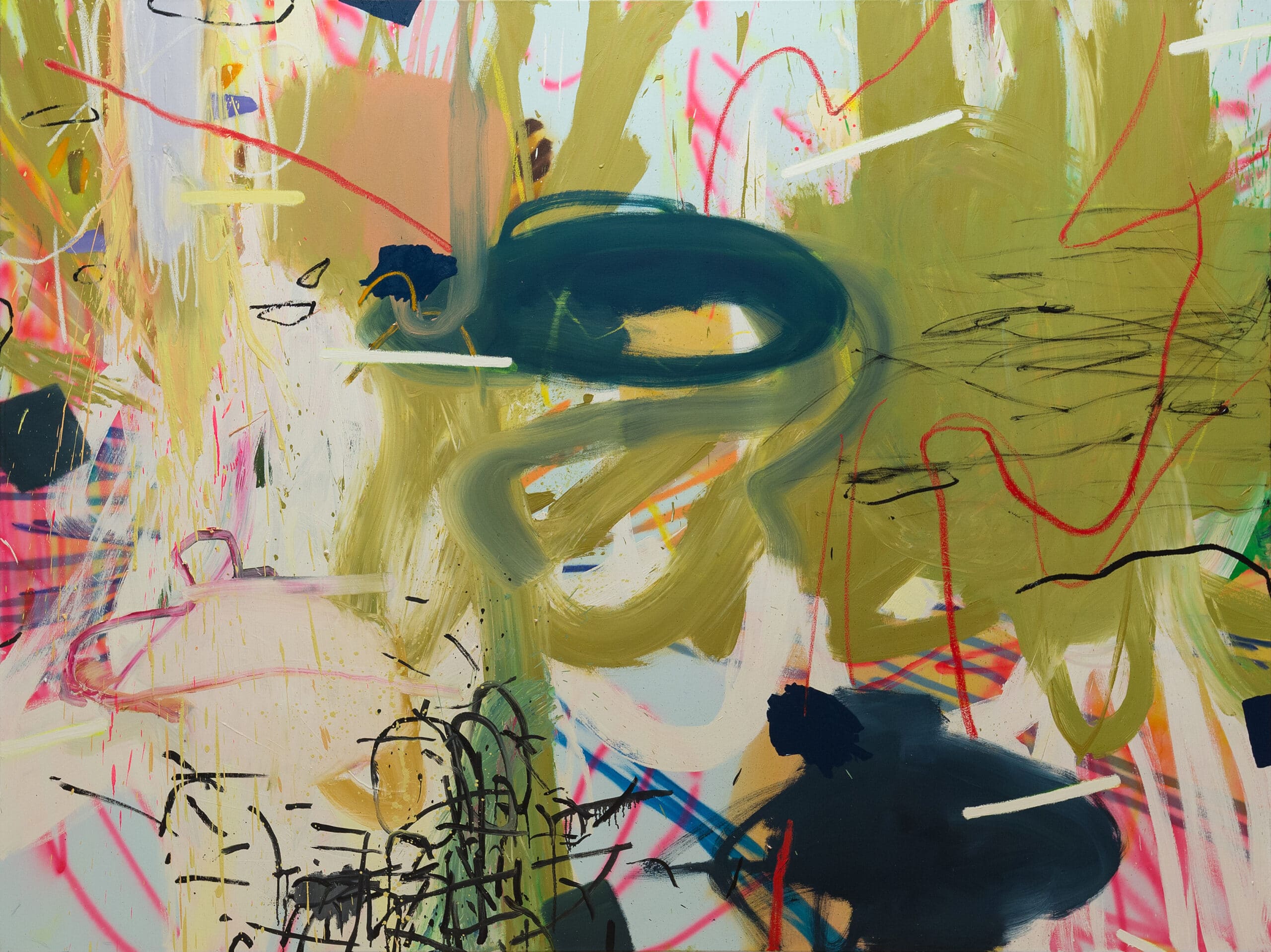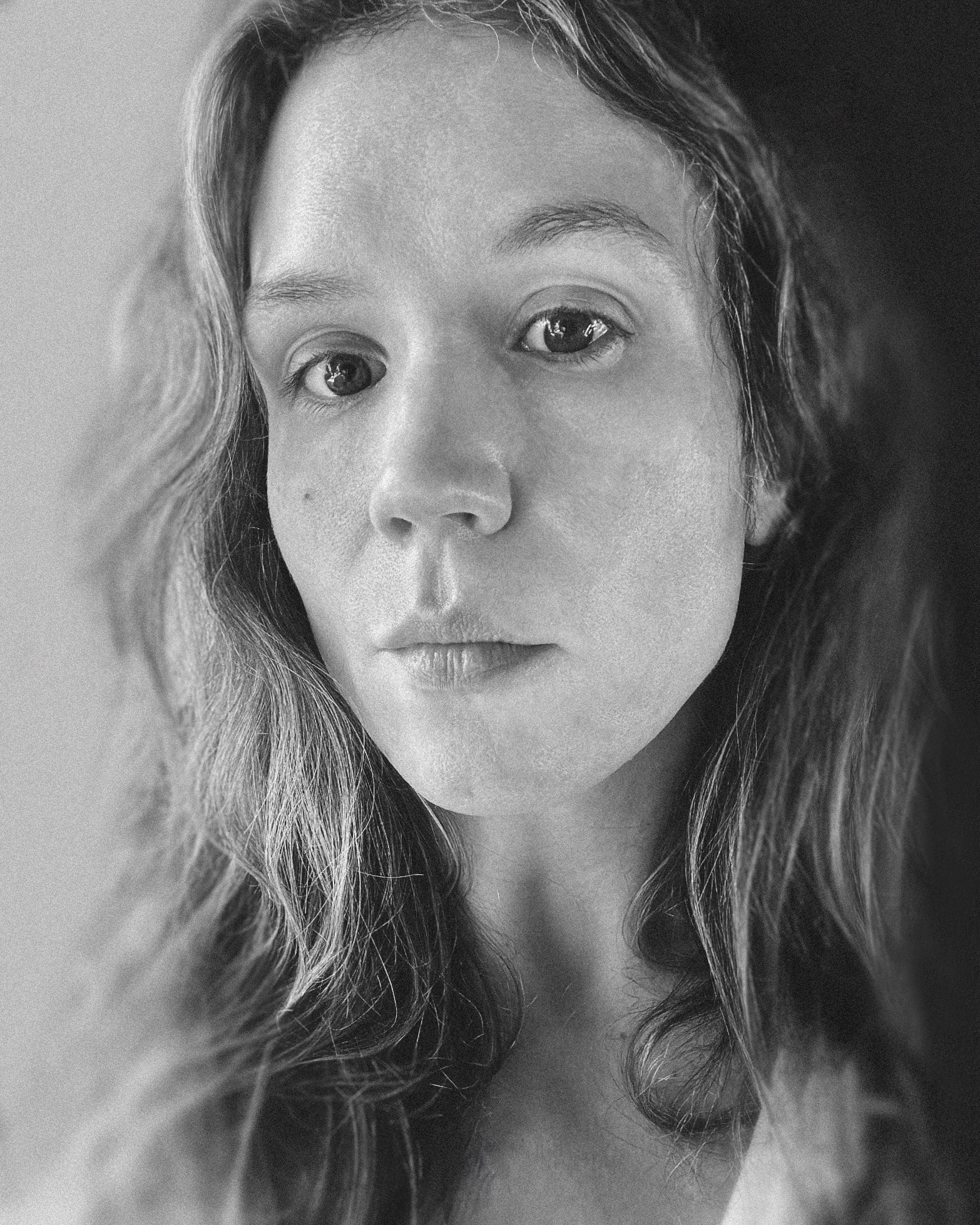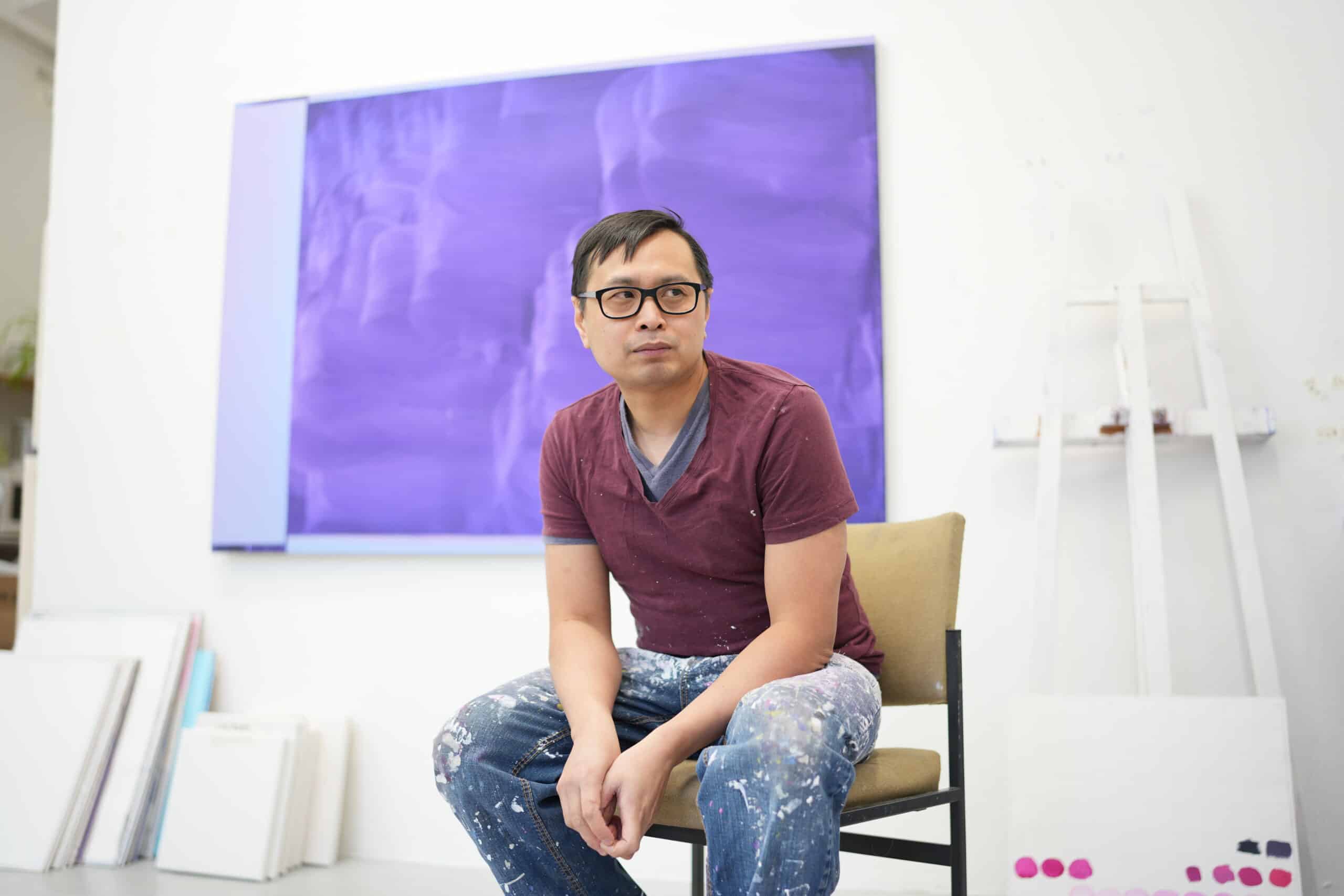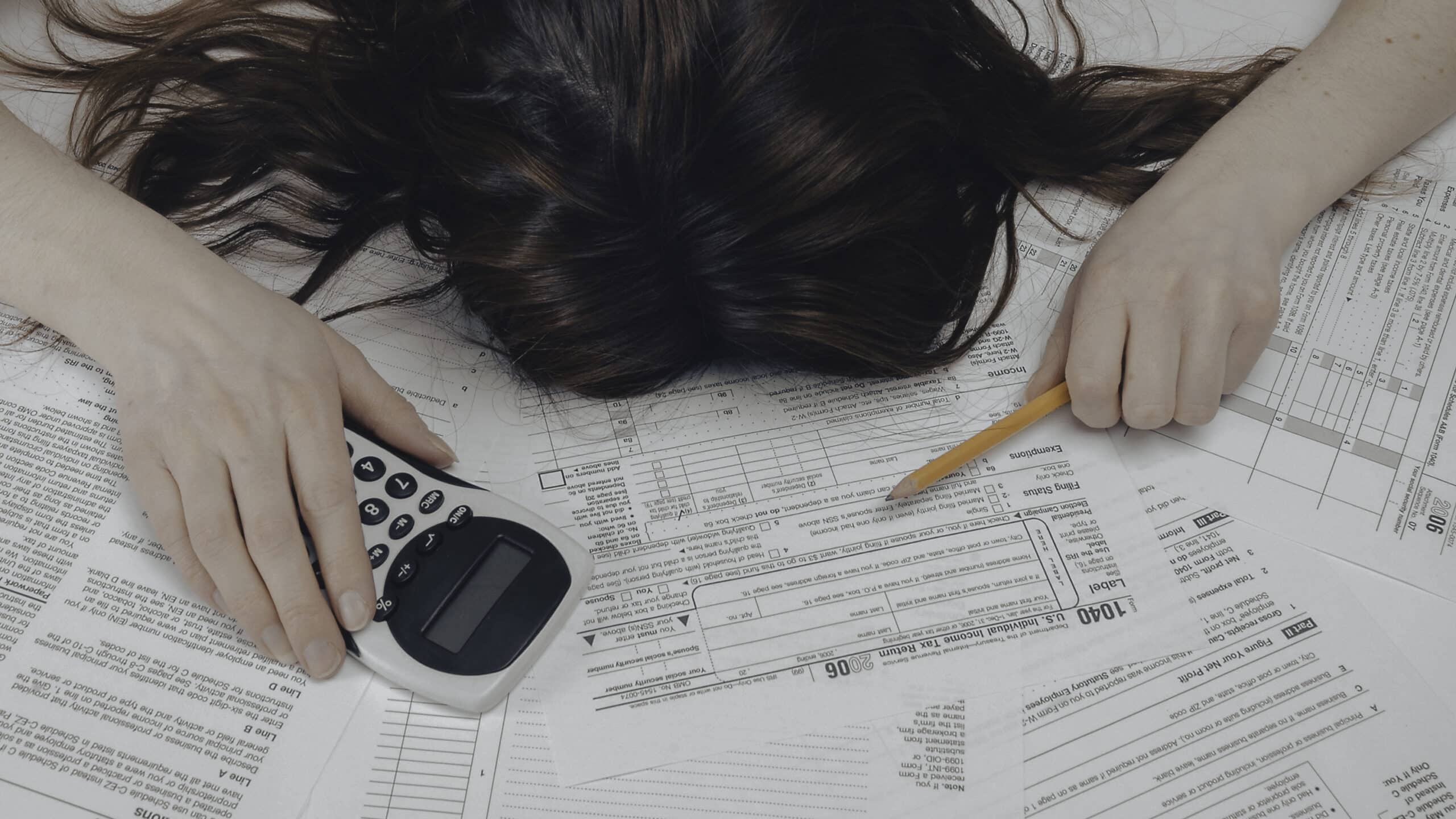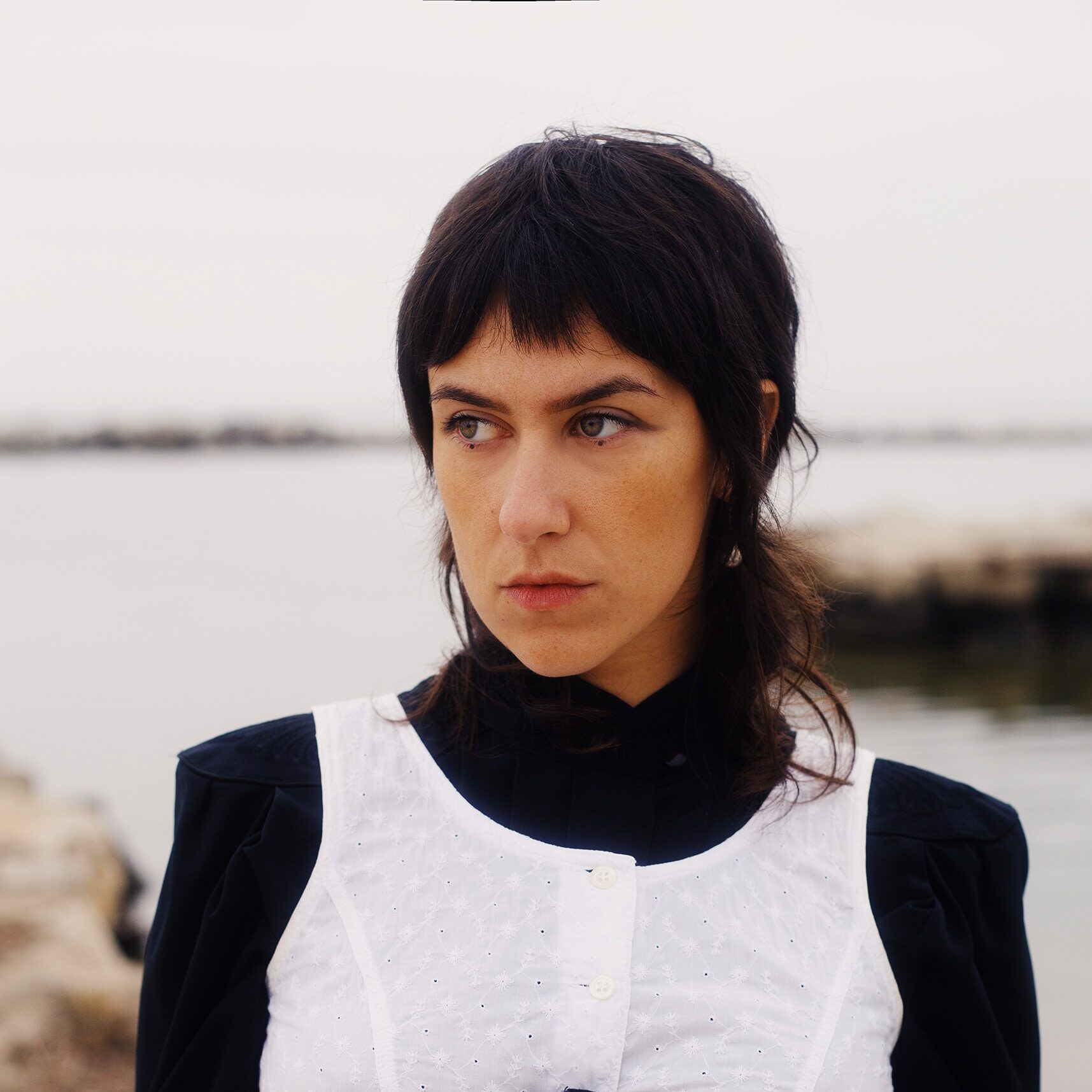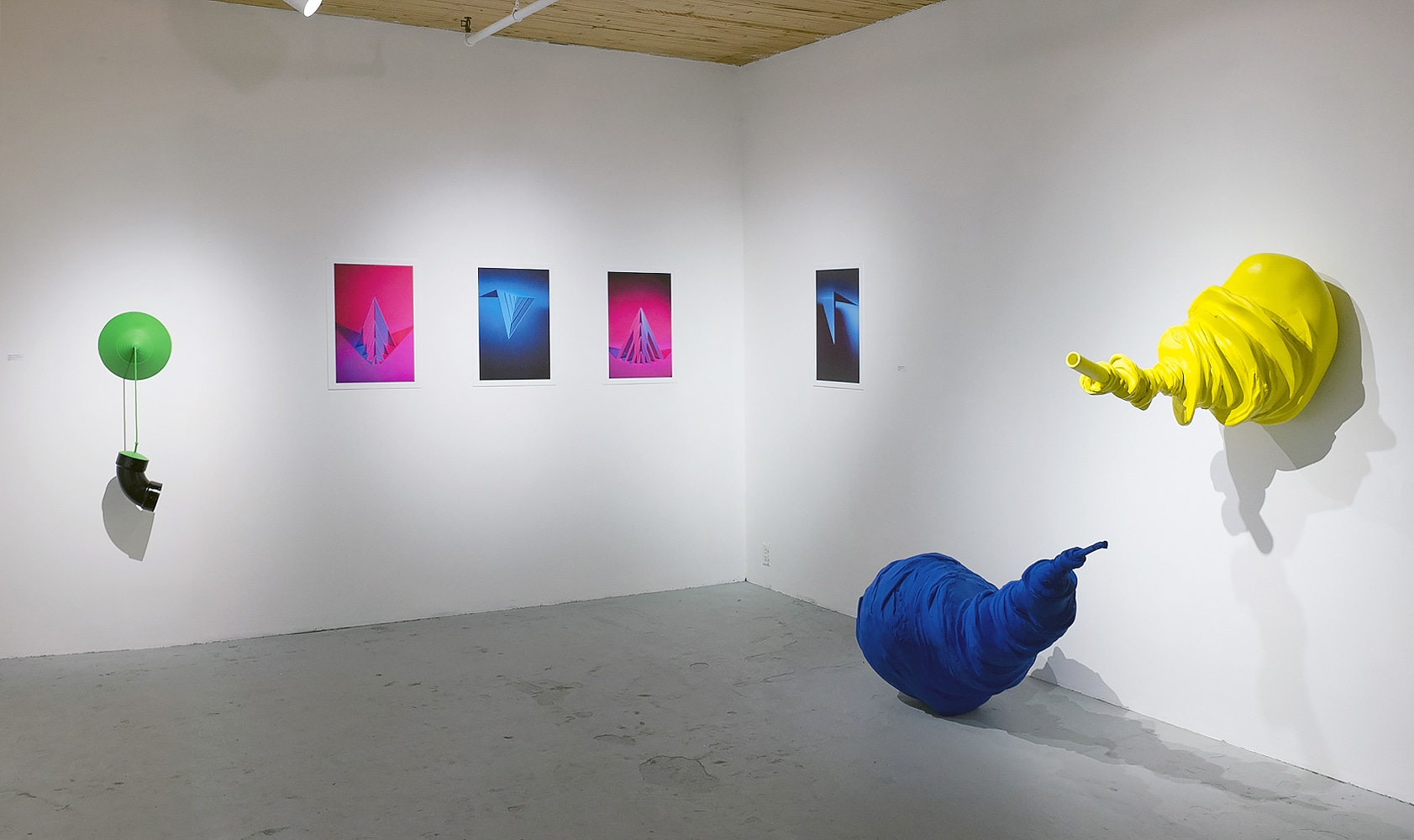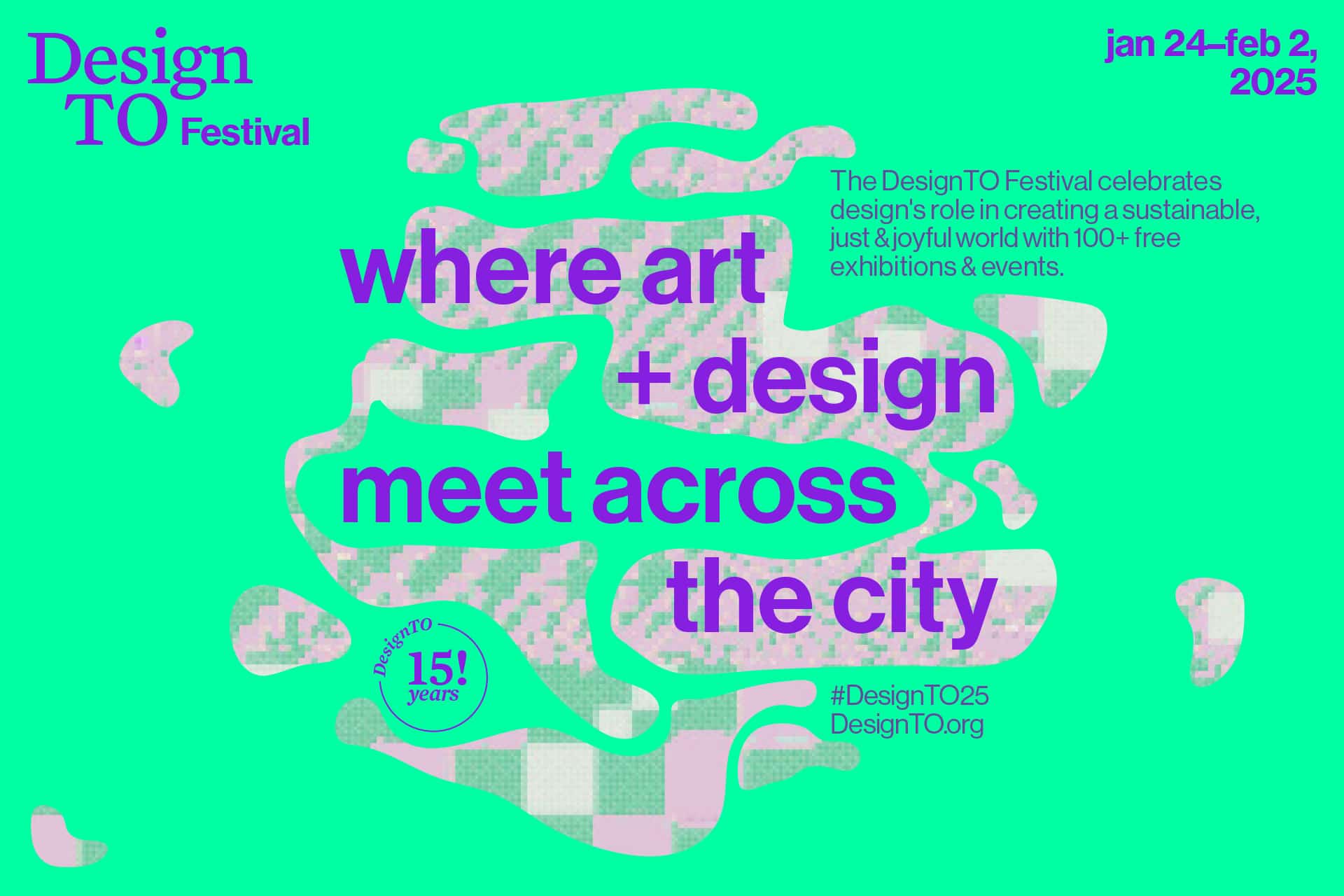En tant qu'artiste, c'est votre passion qui guide votre pratique. Lors de la création d'une œuvre, c'est souvent l'intuition qui prime et le cerveau logique peut prendre le pas sur le reste. Comme le savent la plupart des artistes, c'est la partie la plus excitante, une aventure sur une route inconnue.
En tant qu'artiste, vous êtes également votre propre administrateur, naviguant sur le chemin familier des soumissions aux galeries, des demandes de résidence et des propositions de subventions. C'est le cerveau logique qui prend le volant pendant ce trajet.
L'obtention d'une bourse ou d'une résidence peut apporter le soutien ou l'espace nécessaire à la production d'un ensemble d'œuvres. La rédaction d'une proposition est une étape nécessaire, bien qu'intimidante, du processus. Les artistes sont tellement à l'aise dans l'utilisation de leur travail comme moyen de communication qu'il peut être difficile de passer à la vitesse administrative.
Le guide suivant présente quelques étapes simples qui vous aideront à rédiger une proposition qui se démarque et qui vous permettra d'obtenir le financement nécessaire à la réalisation de votre projet.
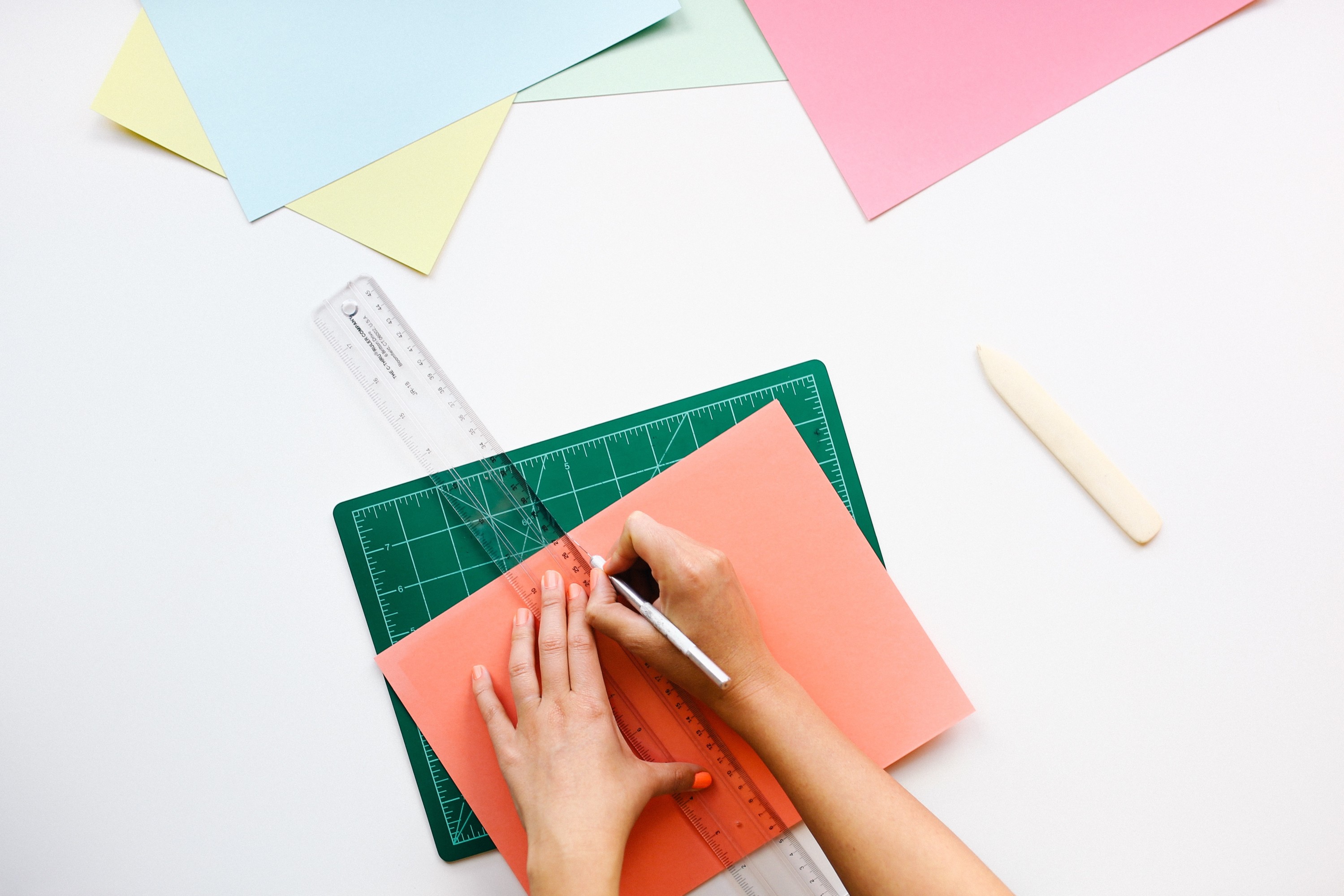
Étape 1 : Le plan
Les projets ne sont pas toujours des progressions logiques, les artistes agissent souvent à l'instinct, mais une fois que vous vous trouvez face à un ensemble d'œuvres ou à une idée qui prend forme, vous pouvez mieux la mettre en mots en vous posant ces questions clés :
- Quoi ? Le concept du projet, le support et les matériaux
- Quand : Quel est votre calendrier pour l'achèvement du travail ? S'il s'agit d'une résidence, assurez-vous que c'est le bon moment et que vous ne vous précipitez pas.
- Comment ? Il s'agit de la description de l'approche que vous allez adopter.
- Pourquoi ? Quelle est l'importance du projet ? S'il s'agit d'une œuvre d'art public, vous tiendrez compte de la communauté, de l'histoire et du site. S'il s'agit d'une résidence : êtes-vous lié à quelque chose de spécifique au lieu ou à la programmation qui est également liée à l'œuvre proposée ? Essentiellement, vous vous demandez pourquoi d'autres personnes seront intéressées par cette œuvre et pourquoi l'organe de décision devrait vous soutenir dans votre demande.
- Combien ? Enfin, certains appels à propositions peuvent demander un budget spécifique pour le projet. En fonction de votre pratique, c'est peut-être le moment de vous asseoir avec une liste de matériaux et de restreindre votre champ d'action. Si votre projet est moins dépendant des matériaux physiques, il est bon de commencer par une idée générale, ce qui peut élargir les possibilités de soutien.
Avant de soumettre une proposition artistique, assurez-vous que vous avez des réponses à ces questions. Si ce n'est pas le cas, envisagez de vous donner plus de temps pour que le projet prenne forme.
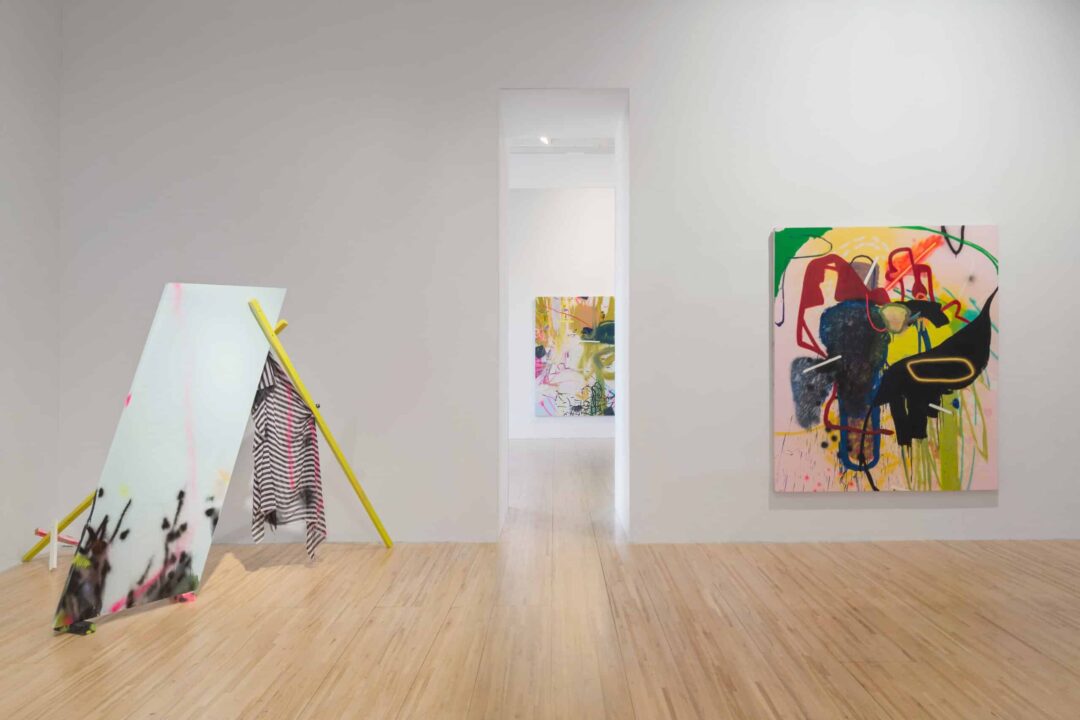
Étape 2 : Faire des recherches
Assurez-vous d'être abonné aux bulletins d'information des organismes subventionnaires, des agrégateurs de résidences, des galeries d'art et des appels d'offres des conseils des arts des villes, des États ou des provinces.
Vous ne voulez pas entendre parler de l'opportunité juste avant la date limite, ou pire, après qu'elle a été dépassée. Commencez à rédiger votre proposition générale deux mois à l'avance. Vous aurez besoin de temps pour jeter les bases de votre dossier et de temps supplémentaire pour l'éditer spécifiquement pour la ou les soumission(s) en question.
En effectuant des recherches approfondies et en commençant tôt, vous aurez le temps de cocher toutes les cases requises dans chaque demande, qui peuvent varier considérablement !
Étape 3 : Répondre à la demande
Une proposition demande beaucoup d'efforts - assurez-vous que la vôtre est adaptée à l'appel et que vous êtes éligible ! Certaines subventions et certains appels à propositions peuvent être spécifiques à la carrière, à la résidence actuelle ou au support. Vous vous épargnerez du temps et des déceptions si vous êtes certain que votre travail et vous-même répondez à l'appel.
Vous pouvez aller plus loin et examiner les anciens bénéficiaires de subventions, les participants à des résidences ou les artistes exposants. Déterminez si ce que l'organe de décision dit rechercher correspond à ses décisions antérieures. Les opportunités sont nombreuses, prenez le temps de trouver celle qui vous convient le mieux à ce stade de votre carrière.
Étape 4 : L'image est essentielle
Vos supports seront les premiers éléments qu'un jury, un comité ou un conservateur consultera. Veillez à ce que votre première impression ne soit pas la dernière. L'utilisation d'images de qualité permettra non seulement de mieux représenter votre travail, mais aussi de démontrer votre professionnalisme et votre respect pour les personnes chargées d'examiner votre proposition.
N'oubliez pas qu'une mauvaise photo peut gâcher l'impact d'une œuvre d'art incroyable.
Conseils rapides pour obtenir les meilleures images :
- Engagez un professionnel. La documentation est une catégorie à part entière de la photographie. Les photographes spécialisés dans la documentation artistique sont compétents en matière d'éclairage, de correction des couleurs et de mise au point pour toutes sortes de supports et de surfaces. Demandez à d'autres artistes de vous recommander un photographe, recherchez des crédits d'image sur la documentation auprès de vos galeries locales.
- Assurez-vous que votre photographe vous fournit des fichiers TIFF haute résolution. Si vous êtes le genre d'artiste dont le travail mijote longtemps avant d'entrer soudainement en ébullition et que votre travail est terminé juste avant la date limite, vérifiez s'il peut vous garantir une livraison rapide des images éditées.
- Les professionnels peuvent coûter ce qu'ils valent, et c'est exactement le genre de monde dans lequel vous souhaitez vivre. Si vous n'êtes pas en mesure de payer le tarif, vous pouvez généralement trouver un photographe prêt à échanger une partie de votre travail de même valeur ($300-$700).
- Prenez vos propres photos. Bien que le recours à un professionnel soit la meilleure solution, avec un peu d'effort et d'imagination, il est possible de prendre ses propres photos. conseils d'experts en matière de documentationMême avec votre téléphone, il est possible d'obtenir des photos de qualité professionnelle. Oui, même avec votre téléphone - surtout s'il peut prendre des images au format RAW, car vous obtiendrez ainsi le meilleur résultat possible avec l'appareil dont vous disposez, et un peu de post-production peut s'avérer très utile.Sinon, vous pouvez louer un appareil photo reflex numérique et les éclairages appropriés. Gardez à l'esprit que l'acquisition de cette compétence peut vous faire économiser de l'argent à court terme et, si vous êtes doué, vous faire gagner de l'argent à long terme.
Sélectionnez votre travail pour n'inclure que les photos les plus pertinentes et les plus réussies. Il est préférable de se limiter à cinq de vos meilleurs travaux sous plusieurs angles ou avec des détails plutôt que d'ajouter six travaux supplémentaires qui ne mettent pas en valeur ce que vous avez de meilleur. Cela peut affaiblir votre candidature. Soyez la série britannique limitée, soyez bref, soyez intéressant.
Format vos images correctement pour la soumission : vérifiez les exigences en matière de résolution, de dimensions en pixels et de taille de fichier de l'image. Comme le dit le vieil adage : formater deux fois, enregistrer une fois !

Étape 5 : Formulez votre message
Déclarations
L'écriture sur votre travail est différente de l'ébauche initiale, c'est la partie sur ce que le travail est. à propos de. Cela peut s'avérer difficile car, dans l'idéal, le travail communique déjà ce dont il s'agit. Rappelez-vous donc que les déclarations d'accompagnement peuvent donner un contexte au projet, en le situant dans votre pratique plus large, et donner à toute personne du comité qui n'aurait pas eu de lien avec le visuel, une autre occasion d'accéder à votre travail.
Il est préférable de commencer d'une manière similaire à celle de la réalisation de l'œuvre : ne vous lancez pas dans un plan d'écriture logique avec une introduction, une thèse et une conclusion. C'est la voie de l'écriture guindée. Au lieu de cela, asseyez-vous et essayez d'écrire librement. Si vous avez besoin d'un peu d'ordre dans le chaos, la technique Pomodoro peut vous apporter une structure. Autorisez-vous à écrire des phrases absolument sans lien entre elles pendant dix à quinze minutes d'affilée.
Proposition
C'est la partie du processus où le pourquoi théorique rencontre le comment pratique et le où définitif. Revenez sur les questions auxquelles vous avez réfléchi dans votre plan et, en gardant à l'esprit le public, développez-les. Il doit être clair que vous avez l'intention de faire quelque chose et que le lecteur a intérêt à soutenir votre plan. Les déclarations et les propositions sont toujours rédigées à la première personne.
CV
L'astuce du curriculum vitae (CV) est d'en avoir toujours un à portée de main et de le modifier régulièrement. Si vous n'en avez pas, faites comme le dit le dicton ironiquement attribué à Picasso : Volez.
Pas le contenu !
Trouvez un CV qui correspond à votre parcours et qui se déroule de manière impressionnante d'une section à l'autre. Adoptez la mise en forme et faites-la vôtre. Si vous êtes un artiste émergent, il est préférable de ne pas alourdir votre CV : privilégiez l'impact plutôt que le nombre de lignes.
Bio
Certaines candidatures demandent une courte biographie, généralement rédigée à la troisième personne, qui peut couvrir votre parcours, y compris vos origines, vos études et vos principales réalisations. C'est le "qui êtes-vous ?" de l'énoncé "que faites-vous ? Utilisez votre CV comme guide.
Étape 6 : Modifier
Pouvez-vous être objectif à propos de votre propre travail et de vos écrits ? Faites le premier passage et évitez à vos amis de vous voir sous votre aspect le plus névrosé, le plus grandiose ou le plus absurde.
Sinon, le premier lecteur doit être un ami de confiance ou un membre de la famille qui sera honnête avec vous pour votre bien et vous empêchera de laisser des phrases qui ne veulent absolument rien dire. Idéalement, l'édition est un processus en plusieurs étapes qui permet à plusieurs sensibilités de vérifier le ton, l'intention par rapport à la description, la clarté et la structure. Tendez la main à des non-artistes pour voir si vos documents d'appui peuvent être utilisés par des personnes qui ne sont pas des artistes.
Vous pouvez tester tous ces éléments en organisant un débriefing avec chaque rédacteur :
- Qu'ont-ils compris du travail de visionnage ?
- L'écriture a-t-elle permis d'améliorer la compréhension ou de l'embrouiller ?
- Y a-t-il des revendications ou des affirmations qui doivent être contestées ?
- Que faut-il développer ?
Vous et vos amis patients surveillez également le jargon, les mots à la mode et les absurdités. Dans chaque génération, il y a des termes galvaudés, des clichés, des expressions artistiques :
Est-il juxtaposition? Génération X
Absence et présence? Millénaire
Marquage? Millénaire
L'espace liminaire? Vous savez quoi, les Millennials, nous avons besoin d'un mot (ce mot est stop-that).
Bien qu'ils soient adaptés au travail, le sens de ces termes s'est perdu depuis longtemps à force d'être utilisés à tort et à travers ; les instances décisionnelles sont fatiguées. Trouvez la manière directe de dire ce que vous dites avec votre propre voix.
Maintenant, parlons de l'éléphant animatronique dans la pièce : AI. Cet outil peut s'avérer utile pour la rédaction. N'oubliez pas que les professionnels qui lisent n'importe quel type de document - propositions, CV, mémoires - ont déjà développé une oreille pour cela. Et si vous avez déjà lu un article promu, c'est aussi votre cas.
Soyez sélectif dans votre utilisation ; quelques suggestions d'édition pour des phrases que vous avez du mal à rédiger n'est pas la même chose que de demander à ChatGPT de rédiger l'intégralité de votre déclaration.
À moins, bien sûr, que votre proposition ne soit une enquête sur les intersections entre l'art et l'IA et qu'en l'utilisant pour créer votre proposition, vous ne fassiez une sorte de méta-déclaration...
En outre, des outils assistés par l'IA tels que Grammarly peut redresser votre syntaxe bancale et, dans certaines versions, faire des suggestions de ton. Il peut être l'ami ennuyeux qui ne se soucie pas de savoir quel est le projet, mais plutôt de savoir comment vous avez changé de temps au milieu d'une phrase. Si vous savez qu'il s'agit d'une faiblesse de votre écriture, le fait de payer pour la version complète est comparable à l'investissement dans vos images.
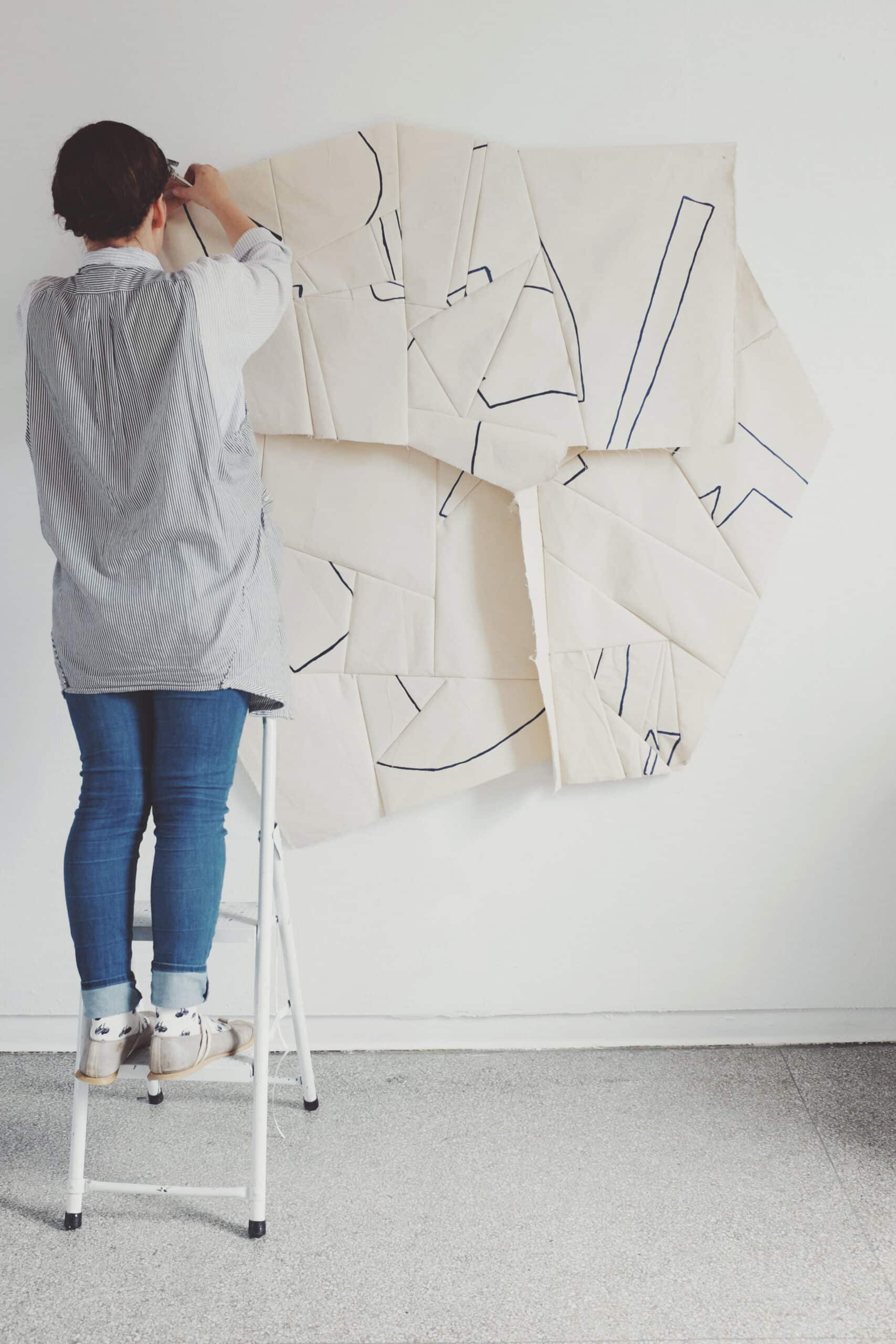
Étape 7. Établir un budget
Une fois que vous avez déterminé l'appel à soumission approprié pour votre projet, établissez votre budget en fonction de ce qui vous est proposé. Ne formulez pas d'exigences supplémentaires, mais ne sous-estimez pas non plus ce dont le projet a réellement besoin - l'impression que vous devez donner est que vous êtes raisonnable, réaliste et responsable.
Le centre d'artistes propose-t-il un fonds pour l'encadrement, le matériel de marketing et la réception ? Décomposez ces éléments, du plus important au moins important (indice : l'accueil est la moindre des choses ! A moins qu'il ne s'agisse d'une expérience d'art relationnel ou d'une performance).
S'agit-il d'une subvention de 25 000 euros pour la création d'un projet ? Vous devez être très précis, car cela indiquera à l'organe de décision que votre proposition est mûrement réfléchie et que non seulement le soutien est nécessaire, mais aussi que vous appréciez ce qui est proposé et que vous avez un plan.
Si vous sollicitez une bourse d'exposition, renseignez-vous sur les coûts d'encadrement, de transport et sur les éléments supplémentaires dont vous pourriez avoir besoin pour l'installation. Résidence ? N'oubliez pas que vous devrez manger.
Conseil d'expert : Constituez une marge pour l'inattendu ou l'expérimental.
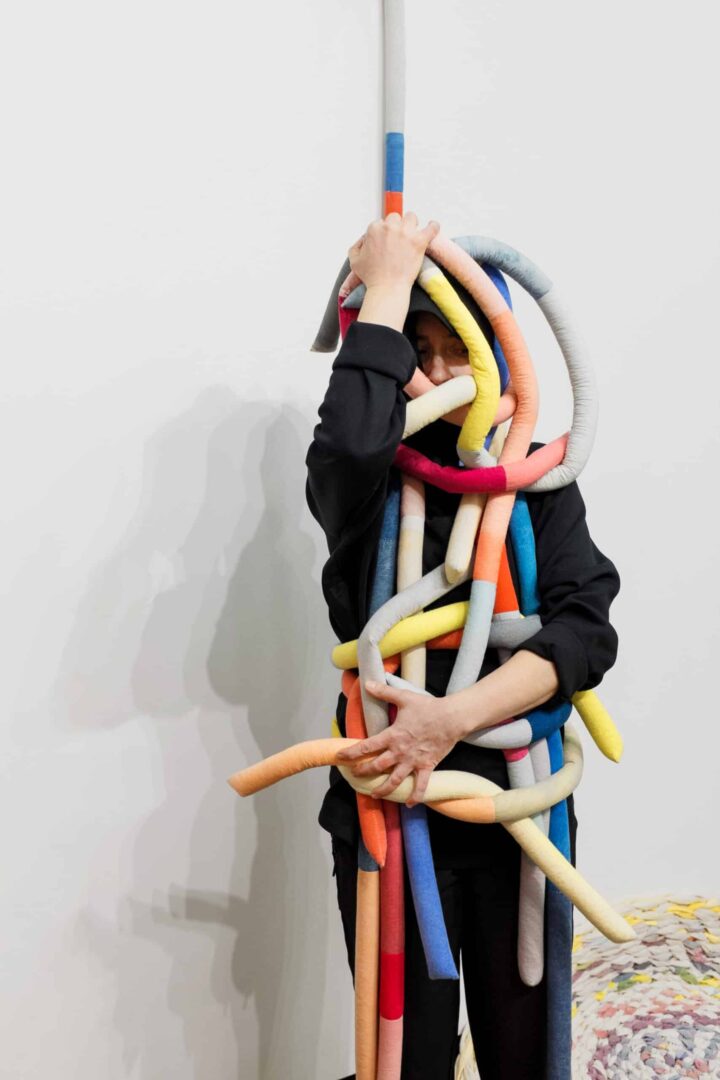
Étape 8. Se préparer, s'organiser
Il se peut que vous ayez à rédiger plusieurs propositions, peut-être pour plus d'un type de candidature. Certains artistes partagent leur temps entre la production et l'administration, réservant cette dernière à de courtes périodes intenses, ce qui leur permet de ne pas passer constamment d'un état d'esprit à l'autre.
Pour ne pas perdre la tête : soyez organisé. Créez des dossiers par soumission et créez des fichiers individuels pour chaque pièce dans chaque dossier. N'utilisez pas la déclaration de résidence pour la subvention, n'utilisez pas les images de l'exposition pour l'appel d'offres - il y aura ces petites différences qui vous feront trébucher et suggéreront que vous jouez inconsidérément sur le terrain du financement.
Étape 9. Soumettez-le
Avant d'envoyer vos paquets, que ce soit sous forme numérique ou par la poste, vérifiez trois fois votre liste par rapport à vos documents et images. Il est essentiel de se donner du temps, car il est rare que l'on ait l'occasion de faire des ajouts ou des corrections.
Pour les artistes qui consacrent tant d'efforts - souvent anormalement précis - au travail administratif des propositions, la panique du chaos refoulé peut souvent survenir à la fin, juste avant d'appuyer sur le bouton d'envoi.
Prenez le temps. Vérifiez une dernière fois la liste de contrôle, ouvrez les fichiers PDF sur plusieurs appareils différents, assurez-vous que les extensions d'images ou de films correspondent aux types de fichiers réels et que les codecs sont généralement acceptables et pris en charge.
Maintenant, respirez.
Et... envoyer.

Étape 10. Un cadeau pour vous
Au cours de ce processus, il est fort probable que vous ayez supprimé des supports importants. Il se peut qu'ils aient dépassé la limite d'images ou qu'ils ne correspondent pas au dossier de candidature ou à votre (vos) proposition(s).
Il en va de même pour certains paragraphes ou phrases qui étaient brillants, mais sans rapport avec le projet, ou qui étaient plus pertinents pour un autre média dans lequel vous travaillez, ou pour un projet qui n'est pas encore au bon stade.Vous avez peut-être établi un budget de rêve détaillé pour une subvention générale qui pourrait être modifié ultérieurement.
Tous ces éléments doivent être conservés dans leur propre dossier, avec les paquets finis, afin que vous puissiez vous en inspirer lors de l'élaboration de propositions ultérieures.
Le futur n'est pas le seul à bénéficier de tout le travail que vous venez d'accomplir ! Il est temps maintenant de prendre votre meilleure déclaration, votre biographie, votre CV et vos images et de les ajouter à votre ensemble toujours renouvelé : votre site web.
Construisez votre portefeuille avec Format
Classé #1 créateur de portfolio en ligne par les artistes et les créateurs.
Vous voulez d'autres conseils sur les propositions de subventions artistiques ? Consultez notre guide sur la rédaction d'excellentes propositions de subventions artistiques. propositions de subventions pour la photographie. Vous cherchez plutôt des bourses d'études dans le domaine de l'art ? Consultez notre liste de Meilleures bourses d'études en art.
